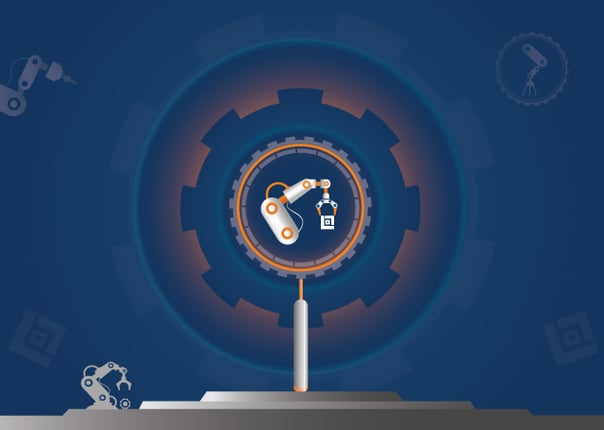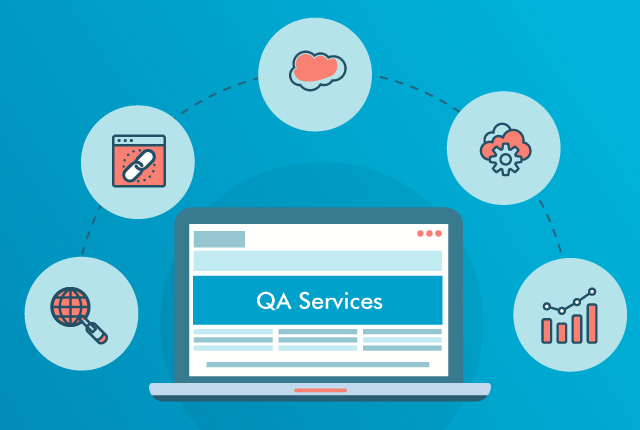In the current state of software development, testing engineers work in compressed cycles and perform automation regression testing to save effort, cost, and time. Insprint test automation is one such scenario where the entire process from development to implementation and software product reporting happens in one sprint.
QASource Blog
In our blog, we take a deep dive into the latest QA strategies, methodologies, and industry best practices driving the world of quality assurance. Follow our blog to get new ideas as to how to effectively deliver high-quality, bug-free software products, websites, and applications, while keeping costs low.

Businesses are introducing new and complicated aspects into development at an unprecedented rate. However, because of the pressure to meet deadlines, software features are typically rushed into production without adequate quality control. As a result, clients and users run the risk of encountering performance issues that could have been prevented with sufficient testing.
Edge is a distributed system that puts forward data processing and data storage closer to the point of action or occurrence of an event. It aids in distributing data without latency and storage requirements on the network.
In today's world, insurance companies provide a variety of insurance options related to life, automobile, health, property, and casualty, with different types of coverage plans. Insurance companies are continuously looking for technical solutions to meet the demands of the customers and create products according to their needs.
By now it’s common knowledge that QA is an essential part of the software development lifecycle. But when the need for expanded testing arises, many companies still debate about whether to train their in-house engineers or outsource those services. Like so many other problems in the software development and testing industry, there is no clear answer. The only real answer is: “It depends.”
To provide customized and budget-friendly solutions for software testing startups, the best course of action is to partner with a professional QA partner like QASource. Ensure faster releases and better-quality software products by partnering with QASource for all your development and QA testing needs.
Big data is a term that defines the large volume of unstructured or structured data that impacts a business on a day-to-day basis. This data can give valuable business insights and solve business problems that could not be tackled before with conventional analytics or software. Over the last few years, various healthcare software has been launched to make people’s lives easier and improve quality care. Moreover, the healthcare and life sciences industry demands foolproof product quality assurance.
In order to achieve better quality when developing software or mobile applications, you need a reliable quality assurance solution. QASource, a renowned automation testing services provider helps you produce better software at a faster speed.
Testing is the process of checking, probing, or examining a product to see if it meets specific standards. Testing can be done on software or hardware and has many different testing methods. Testing video games is just one type of testing that helps developers find bugs before releasing their game into the public market for purchase. Testing video games also ensures that players have an enjoyable experience when playing the game. Testing gamers can test out games for various stability issues and provide feedback about what they find to help developers fix these problems before the release date.
Written by QA Experts
QASource Blog, for executives and engineers, shares QA strategies, methodologies, and new ideas to inform and help effectively deliver quality products, websites and applications.
Categories
Authors
Our bloggers are the test management experts at QASource. They are executives, QA managers, team leads, and testing practitioners. Their combined experience exceeds 100 years and they know how to optimize QA efforts in a variety of industries, domains, tools, and technologies.








